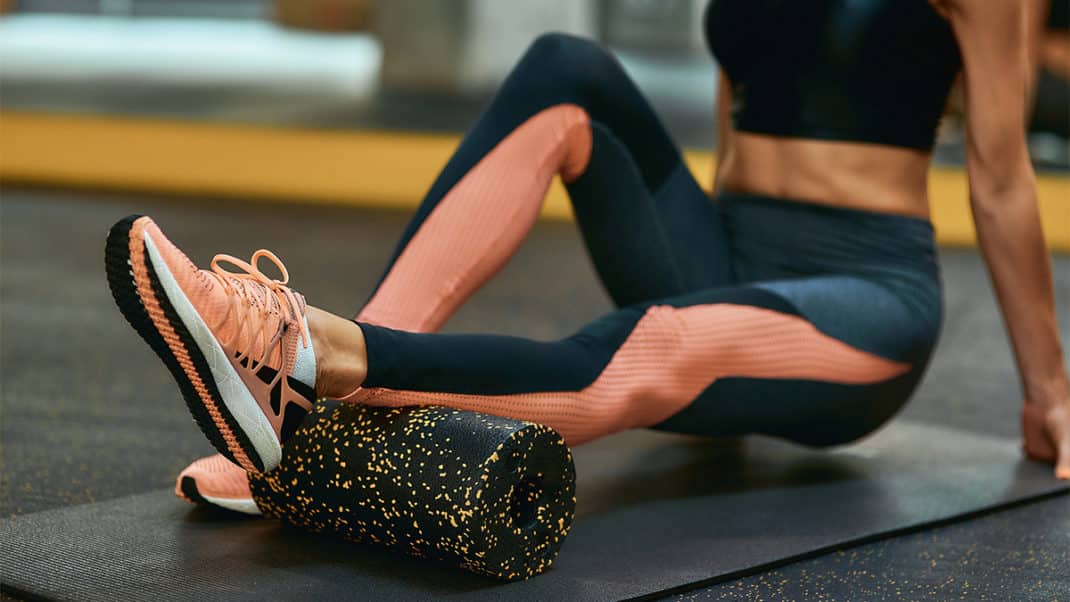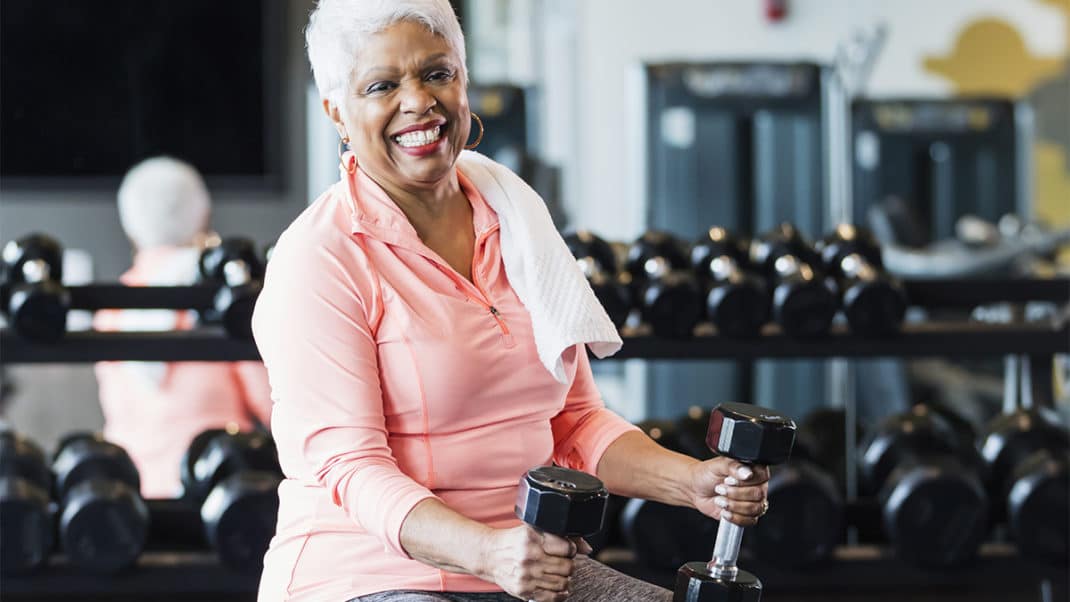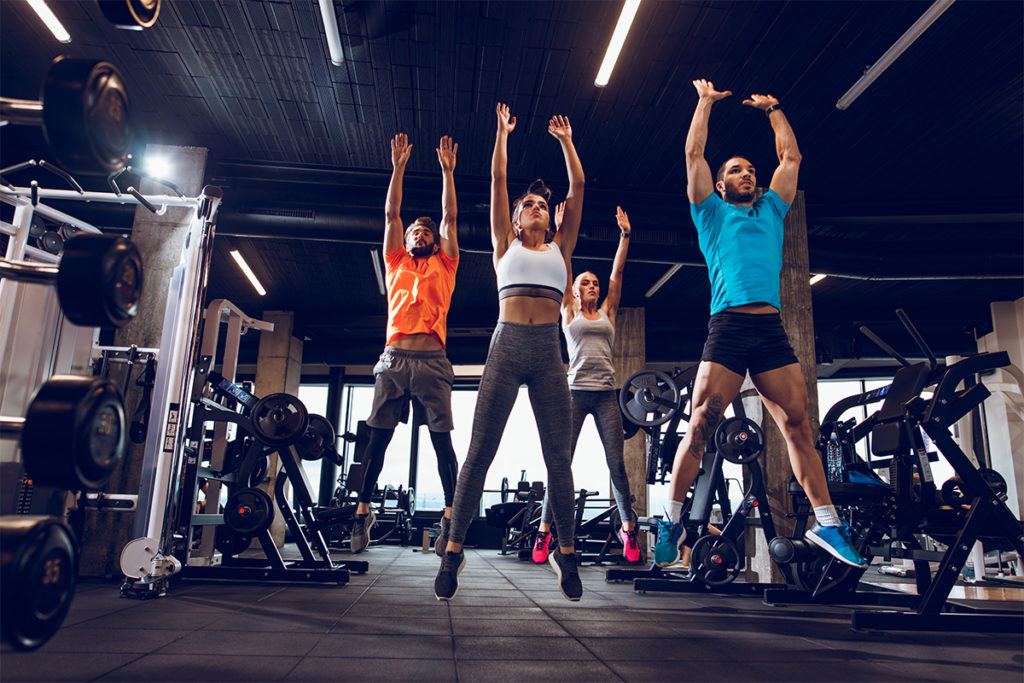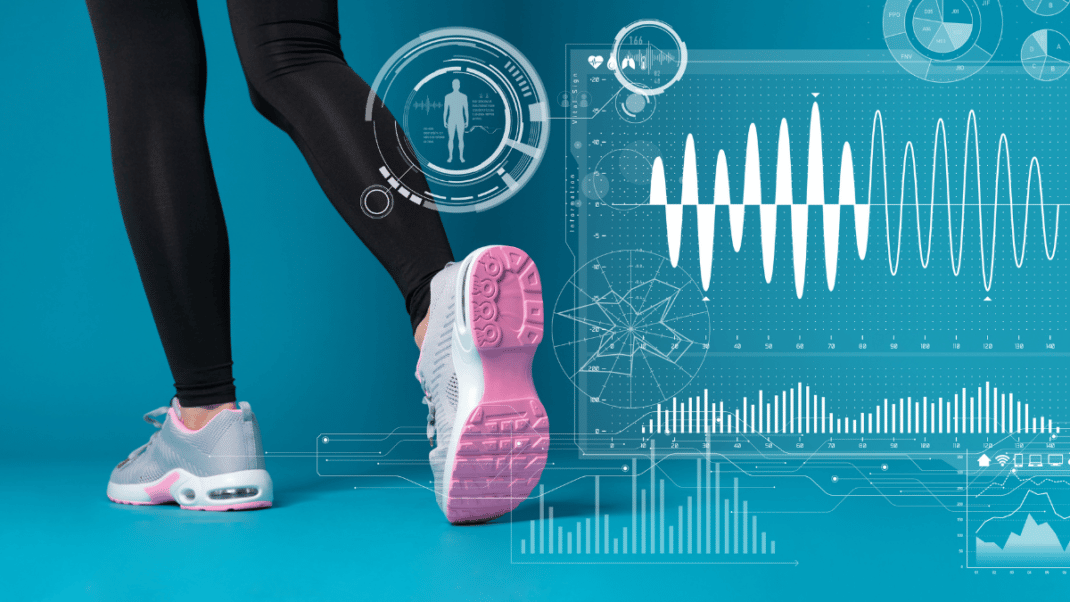Does Time of Day Affect Training?
Strategize to minimize the effects of circadian rhythms on performance.

Does time of day influence exercise performance? Yes, research finds, and strategies inspired by scientific findings may mitigate adverse impacts.
In 2020, an international group of researchers reviewed 66 studies on maximal exercise and time of day. The literature had already shown that time of day could reduce endurance performance by as much as 26% and strength performance by as much as 41%. However, all-out efforts require both strength and endurance. This large review found that short-duration maximal exercise performance—less than 1 minute of all-out sprints, maximal jumps or isometric contractions—is most effective between 4 p.m. and 8 p.m. under neutral climate conditions.
Experts suggest adopting these strategies to improve morning performance and minimize time-of-day effects:
Play music. Do a 10-minute warmup while listening (with headphones) to neutral or self-motivating high-tempo tunes (>120–140 beats per minute).
Warm up. Do an active warmup, with 12–15 minutes of moderate-intensity pedaling or other aerobic activity (50% of VO2max). Mix in a few 5-second sprint intervals.
Expose the body to warm temperatures. If possible, influence muscle temperature by exposing your body to warm, humid conditions for 60 minutes before exercise. Aim for 82.6–85.1 degrees Fahrenheit (28.1–29.5 degrees Celsius) and 62.6%–74% relative humidity.
Fast intermittently. Practice 2–4 weeks of intermittent fasting for 15–16 hours per day.
Stimulate adaptation. Consistently train in the morning for at least 5 weeks.
The study was published in the Nature Research journal Scientific Reports (2020; 10 [9485]).
See also: Morning Exercise and Cognitive Fitness
Shirley Eichenberger-Archer, JD, MA
Shirley Eichenberger-Archer, JD, MA, is an internationally acknowledged integrative health and mindfulness specialist, best-selling author of 16 fitness and wellness books translated into multiple languages and sold worldwide, award-winning health journalist, contributing editor to Fitness Journal, media spokesperson, and IDEA's 2008 Fitness Instructor of the Year. She's a 25-year industry veteran and former health and fitness educator at the Stanford Prevention Research Center, who has served on multiple industry committees and co-authored trade books and manuals for ACE, ACSM and YMCA of the USA. She has appeared on TV worldwide and was a featured trainer on America's Next Top Model.





